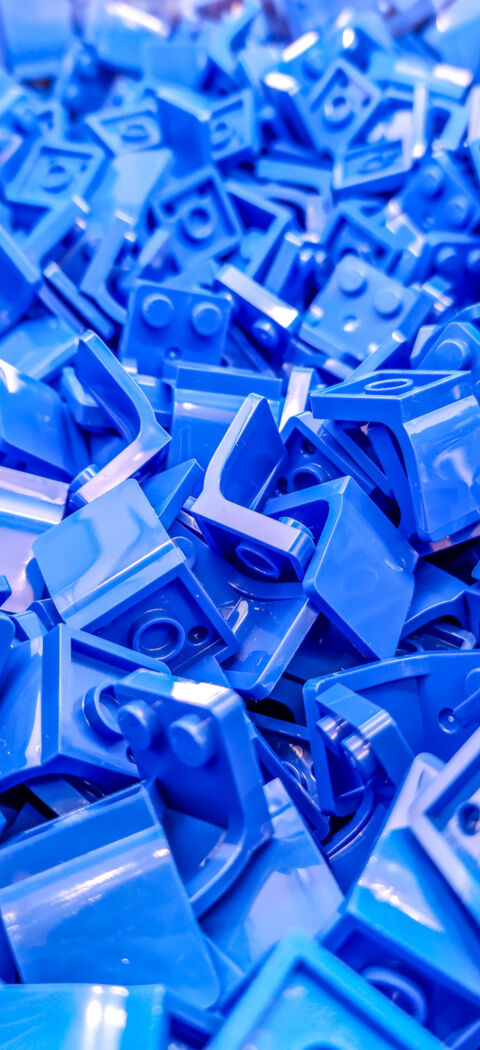What does hydraulic or servo hydraulic injection molding machines really cost you?
If you are trying to decide between a servo-hydraulic injection molding machine and an all-electric, look beyond the savings you may achieve in power consumption. Using less electricity is only a fraction of the savings and profitability you can achieve with all-electric injection molding machines.
All-electric injection molding machines are faster, more precise and repeatable. So you can make the same amount of product with fewer machines and people. That goes directly to you bottom line.
1)Significantly Increase Your Productivity
All-electric injection molding machines are faster than servo hydraulics. Clamps are faster, their screw motors are faster, injection is faster and stronger. With an all-electric injection molding machine, at the end of the day you can expect to have 15% to 20% more parts than even a new servo-hydraulic injection molding machine.
For even greater productivity, all-electric machines can run multiple functions at once, known as “simultaneous motion.” Using multiple electric servo motors, machines can actuate multiple functions, all at once. This results in significantly reduced cycle times when compared to standard hydraulic and servo hydraulic machines. So, combining the sheer speed of an electric with simultaneous motion you can increase your productivity to 20% to 30% more parts.
“From 15 to 20% More Parts per day with all-electric injection molding machines”
With just these two benefits of all-electrics, increased speed and simultaneous motion, the cost difference between a servo-hydraulic and an all-electric injection molding machine is negated within a few months with the dramatic increase in productivity.
See how much you can save using our Servo Hydraulic vs All-Electric calculator.
2)Simultaneous Motion Dramatically Reduces Your Cycle Times
Simultaneous motion is one of the most valuable tools to reduce cycle time.
Simultaneous motion is when multiple actions take place at the same time. All-electric injection molding machines can have eject on the fly, inject on mold on touch and metering during mold movement. Together these actions trim seconds off each cycle.
Eject on the fly – The part is ejected within the time it takes to take the clamp to open. Cycle time is reduced.
Injection on mold touch – Injection begins in the next cycle the moment the mold touches. This reduces cycle times and improves venting, reducing stress on the part.
Metering during mold movement – The screw begins to recover even during mold opening.
Relaxing the clamp while cooling – While the mold cools, the clamp can release the pressure and prepare to open. This small movement reduces the time to open the clamp of each cycle without changing the cooling times.
3)Precision and Repeatability
All-electric injection molding machines have far greater accuracy than hydraulics and servo-hydraulics. All-electrics employ multiple, incredibly precise servo motors throughout the machine. You get none of the fluctuations and pressure curves common with hydraulic pressure.
Due to changing weather conditions, hydraulics are renowned for their variations due to changing conditions, which happen throughout the year, even during a single day. Your molding process may need to be adjusted throughout the day. Unlike all-electrics, hydraulics send signals to valves to control pressure. They do not directly make adjust to the movements of the machines. Electrics, on the other hand, directly control every movement with their servo motors, controlling speed and positions, maintaining very tight tolerances, regardless of conditions in the plant.
4)Low Energy Consumption
All-electrics are highly energy efficient. They will use 75% less energy than equivalent hydraulics, and 15-20% less energy than servo-hydraulics.
All-electric injection molding machine's servo motors sit idle until called to action, such as mold open/close, injection, recovery and ejection, so much of the time the servo motors are idling, especially during the cooling. Hydraulics have a central motor and one or more pumps that generate hydraulic pressure, and valves that direct the pressure to the hydraulic mechanisms to build pressure based on the needed movements.
Electrics don’t require machine cooling. The only cooling you need is for your mold and the feed throat. You don’t need additional water lines, chillers, cooling towers and all the power and maintenance each additional piece of equipment requires.
In addition, since electrics run cooler than hydraulics, there is less energy required to keep the plant cooler. This is especially desirable for medical and clean room molding facilities that are climate-controlled.
5)Less Scrap
Even if you regrind parts, you need to consider the lost cycle time required to make bad parts. So you are losing parts, spending time and energy for regrind, and losing the cycle time you needed to get warmed up and “cycled in.”
6)Minimal Maintenance and Noise
All-electrics require virtually no maintenance. Annual replacement of a grease cartridge for the automatic lubrication system is the only regular cost. And they are quiet. So quiet, that auxiliary machinery around the molding machine make more noise.

